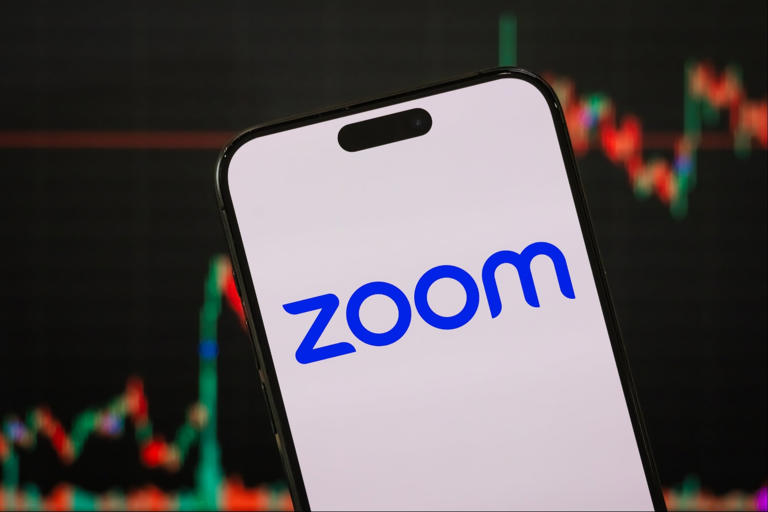oom, one of the world’s most widely used video conferencing platforms, experienced a major outage on Tuesday afternoon, leaving tens of thousands of users unable to access meetings and halting productivity across businesses and classrooms alike.
According to outage monitoring site Downdetector, reports of issues with Zoom began flooding in around 2:38 p.m. ET. By 3:08 p.m., more than 60,000 users had filed complaints about the platform’s functionality. The most commonly reported problems included inability to access the Zoom website (46%), issues with the mobile or desktop app (38%), and problems related to connecting or staying in active meetings.
The disruption was widespread enough that it also impacted Zoom's own status page, which typically provides real-time updates on service functionality. Users attempting to access the page found it unresponsive or blank—adding confusion to an already chaotic situation.
As the issue unfolded, Zoom issued a brief message indicating that it was aware of the problem and that its engineering teams were “actively investigating and working on a resolution.” No official timeline for restoration was initially provided. At the time of writing, Zoom’s investors page was also offline, likely due to a spike in traffic from concerned stakeholders and media outlets seeking updates.
The outage couldn’t have come at a more inopportune time for many professionals, educators, and companies who depend on Zoom for real-time communication. Zoom currently boasts 300 million daily active users and over 192,000 business customers, according to its latest quarterly earnings report. Companies including Capital One, Glassdoor, Dropbox, and countless small and medium-sized enterprises rely heavily on Zoom for internal meetings, remote work coordination, and client communications.
The reaction across the internet was immediate and passionate. On X (formerly Twitter), thousands of users posted screenshots of error messages and poked fun at the situation with memes and GIFs. Some expressed joy over the unexpected break from meetings, while others showed clear frustration, especially those in the middle of important calls or webinars.
"Zoom is down and my 3 p.m. meeting got canceled. Never been happier," one user wrote, followed by a celebratory GIF. Another remarked, "How are we supposed to pretend to be productive without Zoom?"
Interestingly, the incident comes just days after Amazon announced that it would be phasing out its own proprietary video conferencing software, Chime, and replacing it with—ironically—Zoom. The timing of the outage only heightened the irony, with some users joking that Amazon may be second-guessing their decision.
Despite a strong performance in recent years, Zoom has faced growing competition from platforms like Microsoft Teams, Google Meet, and Slack, all of which offer robust integrations and productivity tools. Outages like this, while relatively rare, underscore the fragile infrastructure behind cloud-based communication and the immense pressure these platforms face to maintain uninterrupted service.
For now, Zoom has not offered a detailed explanation as to what caused the disruption. Whether it was the result of a technical fault, server overload, or external interference remains to be seen. Users are advised to monitor Zoom’s official communication channels for updates and to check Downdetector for real-time service reports.
As businesses continue to rely on digital collaboration tools, even short outages like today’s serve as stark reminders of how dependent the modern workforce has become on platforms like Zoom—and how quickly a few minutes offline can ripple across the global economy.




